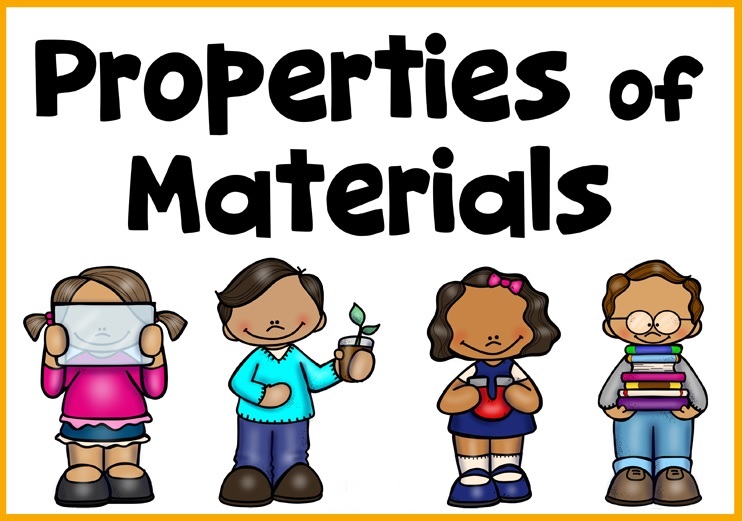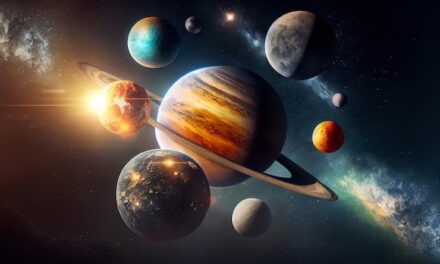Introduction
Have you ever wondered what makes up everything around you? From the chair you sit on to the water you drink, from the air you breathe to the books you read – everything is made of different materials. In this chapter, we’ll explore how these materials are different from each other and learn how to sort them into groups based on their properties.
What Are Things Made Of?
Look around you. Everything you see is made of some material or the other. Your pencil is made of wood and graphite, your water bottle might be made of plastic or steel, your notebook is made of paper which comes from wood, and your eraser is made of rubber. Even the air you cannot see is made up of different gases like nitrogen and oxygen!
Different things can be made from the same material. For example, a wooden chair, a wooden table, and a wooden door are all made of wood. Similarly, different materials can be used to make the same thing. A chair can be made of wood, plastic, or metal. The choice of material depends on what properties we need for a particular use.
How Materials Are Alike
Materials can share many common properties. For example:
– Both wood and plastic can be used to make furniture because they are strong and can be shaped easily
– Both glass and some types of plastic are transparent, which is why they can be used to make windows
– Both iron and copper are metals that can conduct electricity and heat
– Both cotton and wool can be used to make clothes because they can be made into threads and are comfortable to wear
Understanding these similarities helps us choose the right material for the right purpose. It also helps us group materials based on their common properties.
What Is Matter?
Everything around us that occupies space and has mass is called matter. That means all materials are forms of matter! The air in a balloon takes up space and has mass – it is matter. The water in a glass occupies space and has mass – it is matter. Even the tiny dust particles floating in the air are matter because they take up space (however small) and have mass (however little).
There are some things that are not matter. For example:
– Light is not matter because it doesn’t occupy space or have mass
– Heat is not matter because it is a form of energy
– Sound is not matter because it is just the vibration of particles
What Is Matter Made Up Of?
All matter is made up of extremely tiny particles that we cannot see with our naked eyes. These particles are so small that millions of them could fit on the head of a pin! Scientists have discovered that these particles are called atoms and molecules.
Think of atoms as the building blocks of all matter. Just like how we can build different things using the same LEGO blocks, nature builds different materials using various combinations of atoms. When atoms join together, they form molecules. For example:
– A water molecule is made up of two hydrogen atoms and one oxygen atom
– A carbon dioxide molecule is made up of one carbon atom and two oxygen atoms
The way these particles are arranged and how they behave determines the properties of different materials.
Classification of Materials
To understand materials better, scientists classify them into different groups based on their properties. Here are some common ways to classify materials:
- Based on their origin:
– Natural materials: These come directly from nature, like wood from trees, cotton from cotton plants, and metals from minerals in the earth
– Synthetic materials: These are made by humans in factories, like plastic, nylon, and artificial rubber
- Based on their physical state:
– Solids: Have fixed shape and volume (like a wooden block)
– Liquids: Have fixed volume but take the shape of their container (like water)
– Gases: Have neither fixed shape nor fixed volume (like air)
- Based on their chemical composition:
– Elements: Pure substances made of only one type of atom (like iron, copper, oxygen)
– Compounds: Substances made of two or more types of atoms combined chemically (like water, table salt)
– Mixtures: Two or more substances mixed together physically (like air, soil)
Properties of Materials
- Appearance
Materials can look very different from each other. Here are some ways to describe their appearance:
– Color: Materials can be of different colors, or they can be colorless
– Luster: Some materials (especially metals) have a shine or sparkle
– Texture: Materials can be rough, smooth, soft, or hard to touch
– State: Materials can be solid, liquid, or gas
- Hardness
Hardness is a measure of how easily a material can be scratched or dented.
– Very hard materials like diamond can scratch other materials but are difficult to scratch themselves
– Hard materials like iron can be scratched by diamond but can scratch many other materials
– Soft materials like chalk are easily scratched
– Very soft materials like butter can be scratched even with a finger
Scientists use something called the Mohs Hardness Scale to measure how hard different materials are. Diamond is the hardest natural material and ranks 10 on this scale.
- Soluble or Insoluble
Some materials dissolve in water (or other liquids) while others don’t:
– Soluble materials: These dissolve in water to form a solution. For example, sugar and salt dissolve in water
– Insoluble materials: These do not dissolve in water. For example, sand and oil don’t dissolve in water
When a soluble substance dissolves, it seems to disappear, but it’s still there! The particles of the substance have just spread out between the water particles. That’s why we can taste sugar even when we can’t see it in sugar water.
- Objects May Float or Sink in Water
Whether an object floats or sinks in water depends on its density compared to water:
– If an object is less dense than water, it floats (like wood, plastic)
– If an object is more dense than water, it sinks (like stones, most metals)
Interestingly, the same material can be made to float or sink by changing its shape. For example:
– A solid iron nail sinks in water
– But an iron bowl can float because the bowl shape traps air, making the overall density less than water
This is why ships made of steel can float on water!
- Transparency
Materials can be classified based on how much light they allow to pass through them:
– Transparent materials: Allow light to pass through completely and clearly. We can see through them clearly (like clean glass, clear plastic)
– Translucent materials: Allow some light to pass through but not clearly. We can see unclear images through them (like frosted glass, butter paper)
– Opaque materials: Don’t allow any light to pass through. We cannot see through them at all (like wood, metals)
Applying What We’ve Learned
Understanding the properties of materials helps us:
- Choose the right material for specific uses
– We use transparent glass for windows because we want to see through them
– We use hard materials like brick and concrete to build houses because they need to be strong
– We use insulating materials like plastic or wood for handles of cooking utensils because they don’t conduct heat
- Sort and recycle materials
– Different types of plastics can be sorted and recycled separately
– Metals can be separated from non-metals for recycling
– Biodegradable waste can be separated from non-biodegradable waste
- Develop new materials
– Scientists use their knowledge of material properties to create new materials with desired properties
– For example, they have created waterproof fabrics, unbreakable glass, and biodegradable plastics
Conclusion
Materials are all around us, and understanding their properties helps us use them better. By studying how materials are alike and different, we can sort them into groups and choose the right material for each purpose. Remember that everything we can touch or feel is made up of tiny particles, and it’s the arrangement and behavior of these particles that gives materials their unique properties.
Key Points to Remember
- Everything around us is made of different materials
- All materials are forms of matter, which means they occupy space and have mass
- Matter is made up of tiny particles called atoms and molecules
- Materials can be classified in many ways based on their properties
- Important properties of materials include:
– Their appearance
– How hard they are
– Whether they dissolve in water
– Whether they float or sink
– How much light they allow to pass through
Understanding material properties helps us choose the right material for different uses
The worksheet covers the following topics-
What are things made of?
How materials are alike
What is matter?
What is matter made up of?
Classification of materials
Properties of materials
Appearance
Hardness
Soluble or insoluble
Objects may float or sink in water
Transparency

Acharya Kannada, an ancient Indian philosopher and sage, is known for his atomic theory, which included the definition of atom.
Acharya Kannada called the atom ‘paramanu’ or ‘anu’ and defined it as an indestructible, indivisible, and eternal particle of matter. He believed that atoms were too small to be seen by the naked eye or detected by human senses.

















